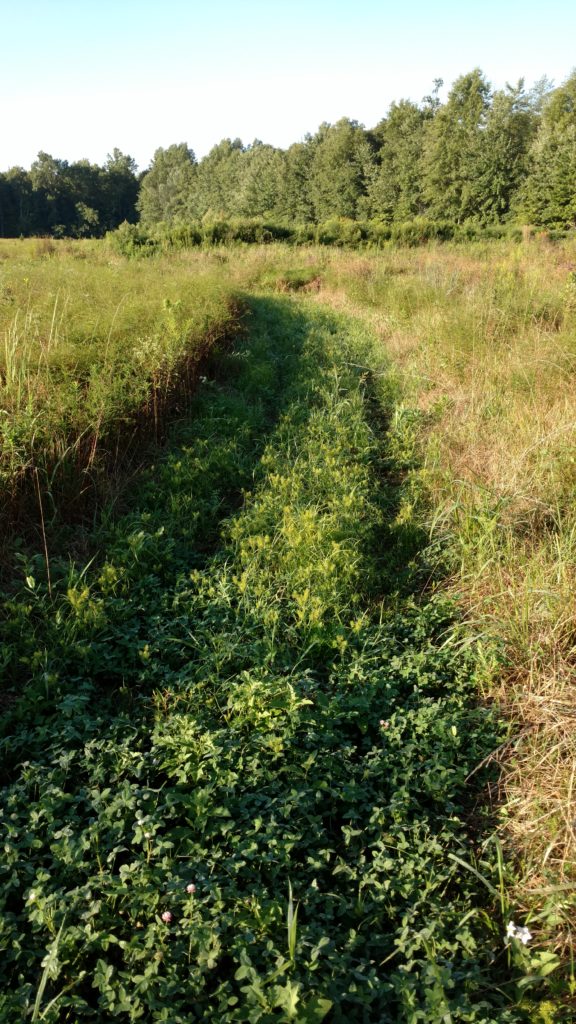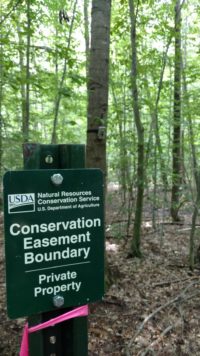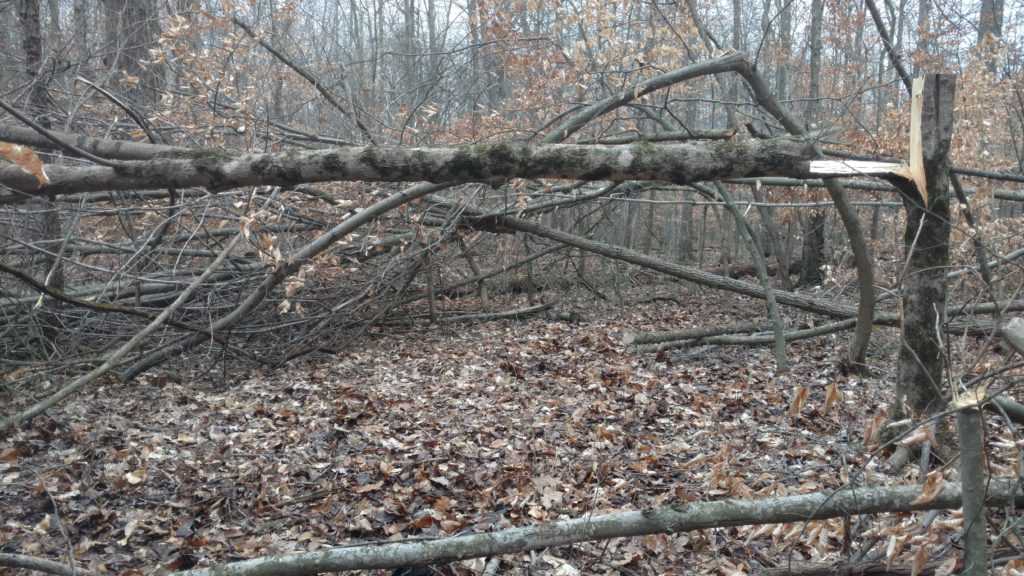What are lines of movement?

A Definite Purpose
Deer do not wonder around the wood in a random manner. It may look like at times that they are not heading in a specific direction, but you can rest assured they are coming from a specific point A, and are moving to a specific point B. Under typical non rutting circumstances ( for bucks esp.), especially relating to the evening movement , this point A will be their day time bedding area, and the point B will be a preferred , quality food source ( hopefully your food plots ! ) It is imperative to understand where these points are if you are to have any success on a consistent basis. Of course deer move at different intervals through out the day , and can feed in any direction with adequate browse . The movement we will be attempting to make will of course involve food plots, but also soft mast trees , and strategic cutting of trees.
Deer sign vs Deer pattern
I remember reading Dick Idols ” Hunting the four periods of the rut ” and starting to understand how the bucks went on a fairly predictable route to encounter all the does in his range. It was then that I first heard about hunting the “pattern” and not the “sign”. I had a hard time accepting that It may not make the best sense to be sitting directly over the top of the smoking hot scrape I just found ! In fact , you may not have ANY sign around a stand site and still have tremendous success .
It is much easier to hunt a mature buck along his way between doe groups. We may not actually know where he beds , but we know he is checking out all the girls , and there will be certain trails bucks take to see or smell them . There may or may not be much sign but you can anticipate the movement simply from a biological standpoint, they will get to the does.. I have one such location for a west wind, it has provided action routinely, and not a rub or scrape can be found . These are longer range movements however and only occur in daylight during a very short time. What we are attempting to create is a food source and bedding within a smaller area and reducing the need for the bucks to travel as much, we are also creating the very best cover opportunities in both quality and quantity.
Creating the pattern
The thing that drew me into creating habitat for deer was knowing where the bucks spent most of their time; in the thick stuff. I figured if I made my place thick I would draw the bucks in. That single thought started this lifelong process. Learning that the bedding habitat preferred by mature bucks could be re-created with a little time and a chainsaw was one of the most exciting revelations of my life.
The other benefits from creating these bedding areas is the creation of browse and early successional growth, which contributes to a completely different plant and creature community. A true win win. The addition of soft mast trees and food plots, and one will realize that the habitat creation has a tremendous impact on the health of the animals and will be shown back in body and antler if they can be kept alive.
Another reason to create whitetail habitat to its fullest , is you can keep bucks on your piece of property longer. This will help with where he is spending the time soon after he gets up , still in daylight. You can let him grow, and it makes it harder for him to get to your neighbors in daylight to be killed.
The most exciting part of the habitat journey is learning that the bedding habitat preferred by mature bucks could be re-created with a little time and a chainsaw . This revelation was like winning the lottery !
Point A. ( Bedding ) Created by learning how why and where to cut !

